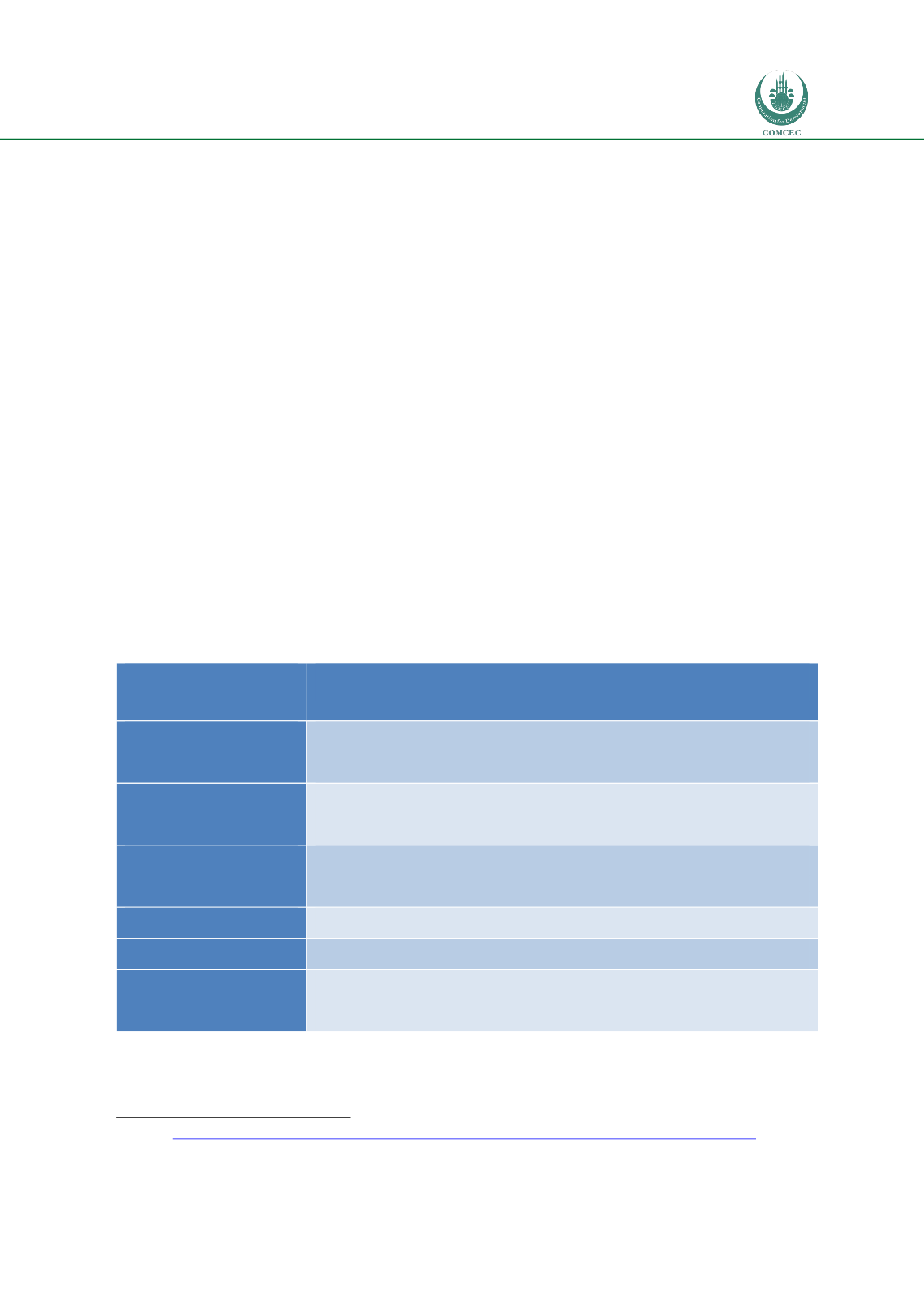

Reducing Postharvest Losses
In the OIC Member Countries
121
destined for the formal market as opposed to the lack of control and poor quality of the milk
sold in the informal market in some other parts of the country (Masembe Kasirye, 2003).
Balikowa (2011) quotes a study of the quality and safety of milk along the raw milk commodity
chain in Uganda (N. Grillet et al, 2005), which showed that there were two main critical points
within the raw milk commodity chain, namely i) the poor hygiene conditions leading to
contamination of milk right from the farm to consumer; and ii) the inefficient preservation
system that allows bacteria to develop quickly during transportation to distant markets.
In a newspaper article by the NewVision, the Minister of State for Agriculture, Animal Industry,
and Fisheries (April 2015) has warned the public against purchasing loose milk sold by
vendors, indicating that it can be adulterated with water and hydrogen peroxide, a chemical
which when consumed in substantial quantities can cause health complications such as
cancer.
24
NRI and Foodnet (2002) also indicate that the widespread practice employed in the
informal sector of adding chemical preservatives such as hydrogen peroxide and caustic soda
is a health concern.
The Dairy (Marketing of Milk and Milk Products) Regulations 2003 being implemented by DDA
and the code of hygienic practice for milk and milk products which was developed in
collaboration with Uganda National Bureau of Standards (UNBS) have contributed significantly
to the successful implementation of reforms in the dairy sector. As a result of the
improvements in the handling and marketing of milk, the country has witnessed a steady
growth in the production and consumption of milk, as well as significant private sector
investments in the infrastructure for milk collection, bulking, transportation and processing
(Balikowa, 2011)
(Table).
Table 55: Postharvest practices in Uganda’s dairy sector
Stage in the value
chain
Postharvest practices
Milking
Improved practices: hygiene, equipment, cooling;
Improved animal health (e.g. less mastitis)
Sometimes “forced consumption of milk” when market is saturated or it is difficult to
transport milk to collection centre
Milk Collection Centres
Improvements in infrastructure (e.g. cooling, power supply, equipment)
Quality assurance by DDA inspectors
Organisation of farmers into associations to improve collection of milk from dispersed
smallholder farms
Processing
Formal sector / dairy processing factories: Investments in improved infrastructure (e.g.
cooling, packaging);
Informal sector (increased pasteurization; at the same time, still adulteration of milk
with chemicals to preserve milk)
Marketing
Formal distribution (e.g. retail outlets with refrigeration), and
informal distribution (bicycle mounted traders)
Consumption
Awareness raising (e.g. avoid purchase of loose milk from informal sector) and improved
preservation (e.g. refrigeration), to safeguard consumer health and reduce spoilage
Cross-cutting
Implementation of Dairy (Marketing of Milk and Milk Products) Regulations 2003 by
Dairy Development Authority to develop and promote dairy sector (including quality
assurance);
Organisation of training workshops and capacity building measures.
24
Source
: http://www.newvision.co.ug/new_vision/news/1324189/vendors-selling-adulterated-milk-rwamirama ,newspaper article appeared on 15 April 2015.
















